Curriculum Objectives
- To develop students’ habit of facing tasks/problems;
- To enhance students’ ability in constructing new knowledge through previous experience;
- To manage data for accomplishing tasks;
- To build up students’ sharing attitude within and between groups.
Curriculum Framework
In Junior School, we focus on cultivating students’ creativity and collaboration through hands-on projects. The contents covered from daily life science topics to simple mechanics with motors.
The school-based coding curriculum goes through all grades, from basic coding concepts to skills of creating an app to solve daily life problems.
In Middle School, we have intensive Digital Making projects by using programmable bricks and sensors that combine the skills of coding and mechanics into the solution to various tasks.
Implementation
During the STEAM lesson, students are encouraged to explore, try, observe, compare, reflect, remake, and share.
Assessment
The assessment will be project-based, while the performance of students will be assessed in 3 areas, including knowledge, skills and attitude.

Students were testing the floating performance of their boats.
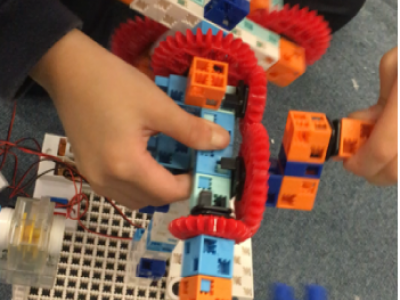
Students were trying to change the speed of their Ferris Wheel by adjusting the gears.
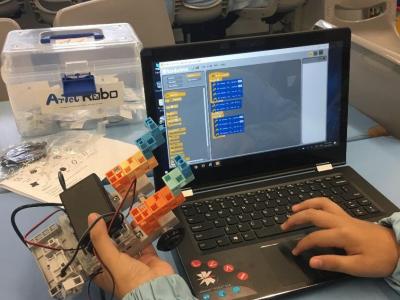
Coding their own robots is one of the core learning activities to develop their computational thinking.
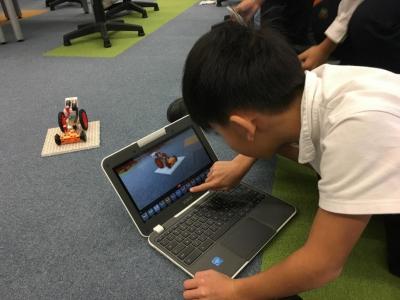
Students learned to use IT skills to enhance their learning.
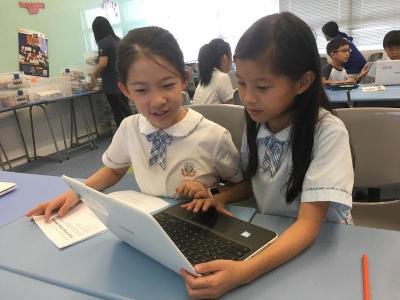
Students were encouraged to work collaboratively.
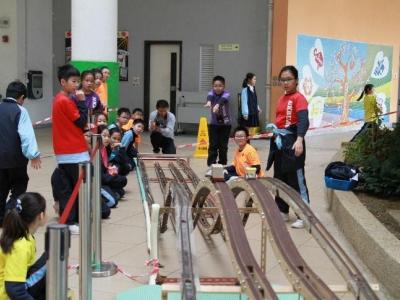
Schoolwide STEAM activities.
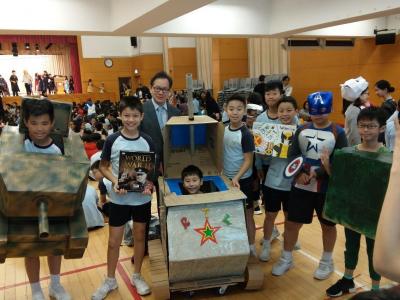
Schoolwide STEAM activities.
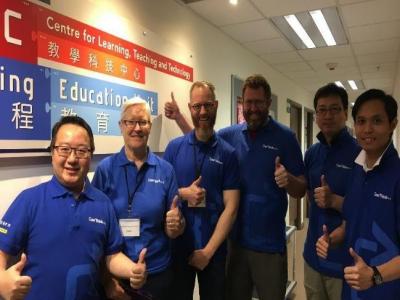
STEAM teachers worked with the MIT experts in Coding Education.
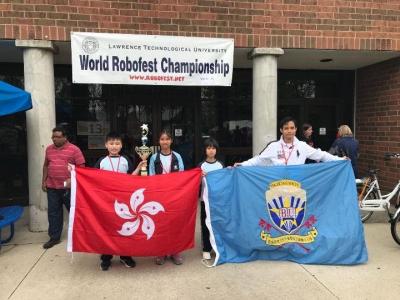
Robofest American World Championship – RoboParade
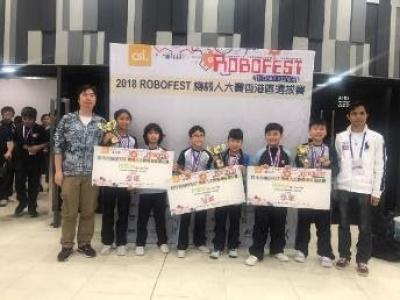
Robofest Hong Kong Selection – RoboParade
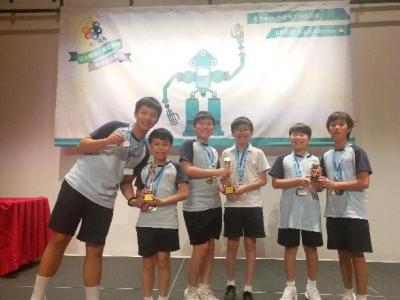
Asia Pacific Robot Alliance Hong Kong Regional Competition – Auto Sumo

Robotics Soccer Challenge
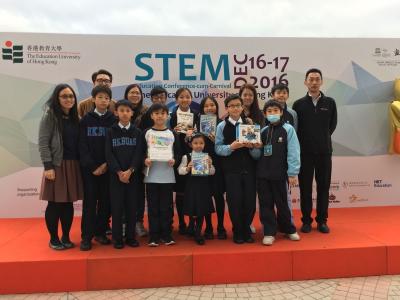
Best Problem Solving in STEM Award
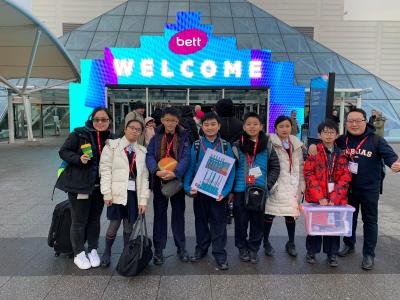
Bett Show London
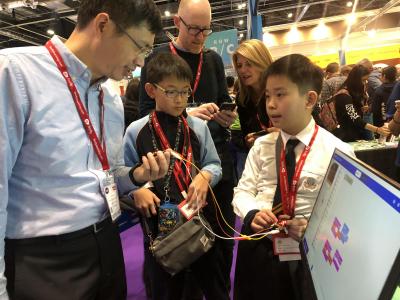
Our students presented their creative ideas to visitors from the whole world.
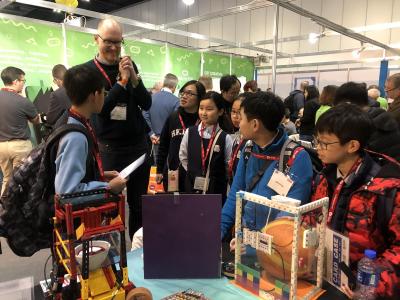
Our students presented their creative ideas to visitors from the whole world.
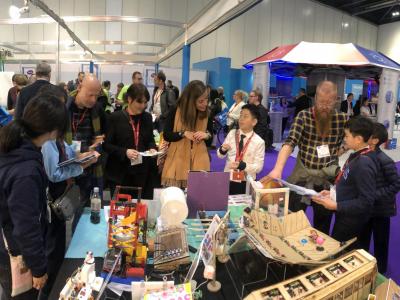
Our students presented their creative ideas to visitors from the whole world.
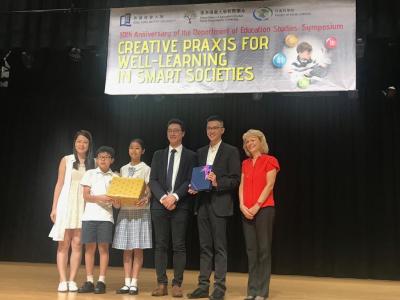
Sharing in the Symposium of the 30th Anniversary of the Department of Education Studies of the Baptist University.
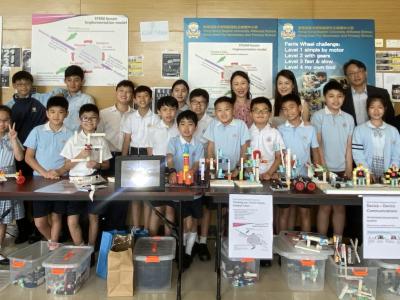
Students demonstrated their creations to the guests in the Symposium.
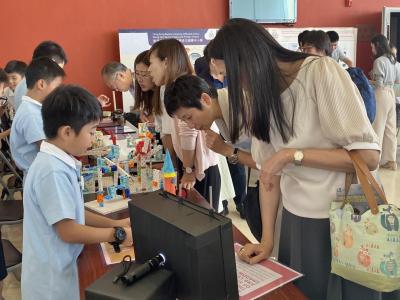
Students demonstrated their creations to the guests in the Symposium.
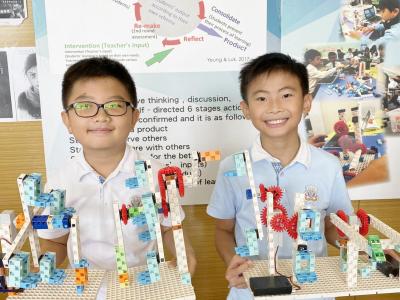
Students demonstrated their creations to the guests in the Symposium.
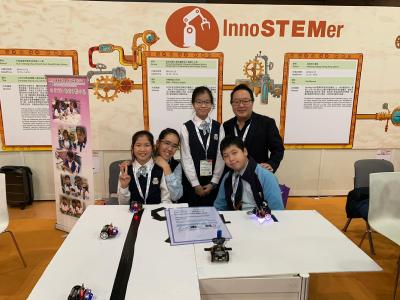
Students presented the experiments of the Internet of Things (IoT) in the Learning & Teaching Expo.
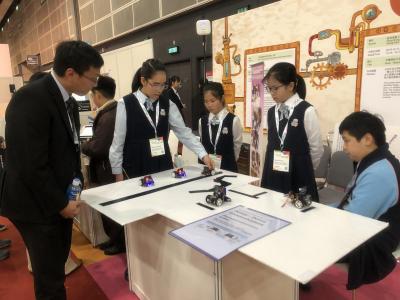
Students presented the experiments of the Internet of Things (IoT) in the Learning & Teaching Expo.
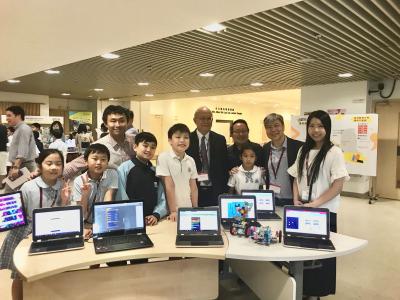
Students presented the mobile app they created to the VIP guests in the Coding Fair organized by the Education University.
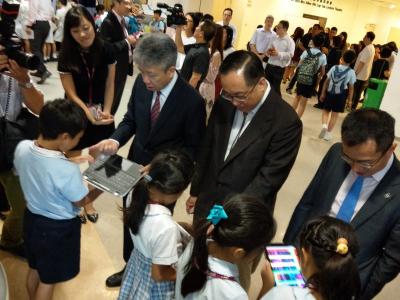
Students presented the mobile app they created to the VIP guests in the Coding Fair organized by the Education University.
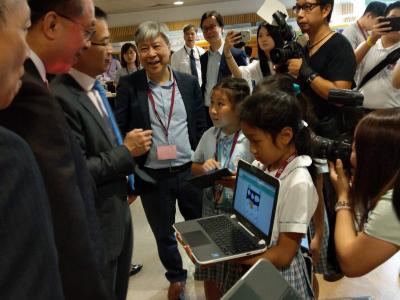
Students presented the mobile app they created to the VIP guests in the Coding Fair organized by the Education University.
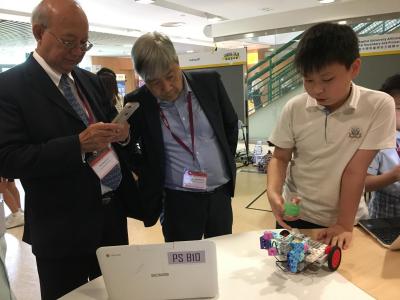
Students presented the mobile app they created to the VIP guests in the Coding Fair organized by the Education University.
















